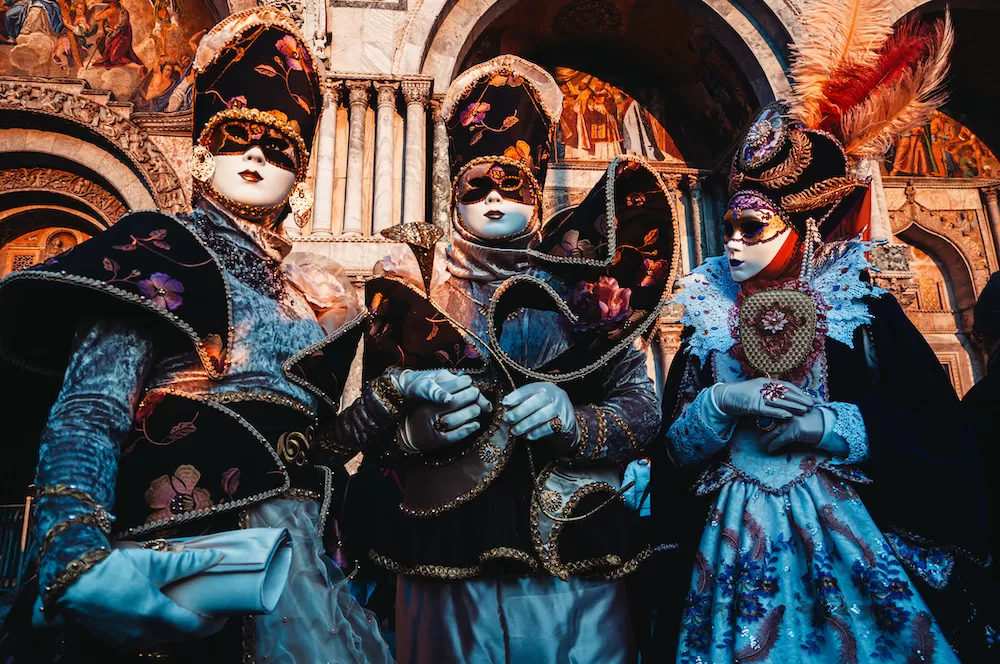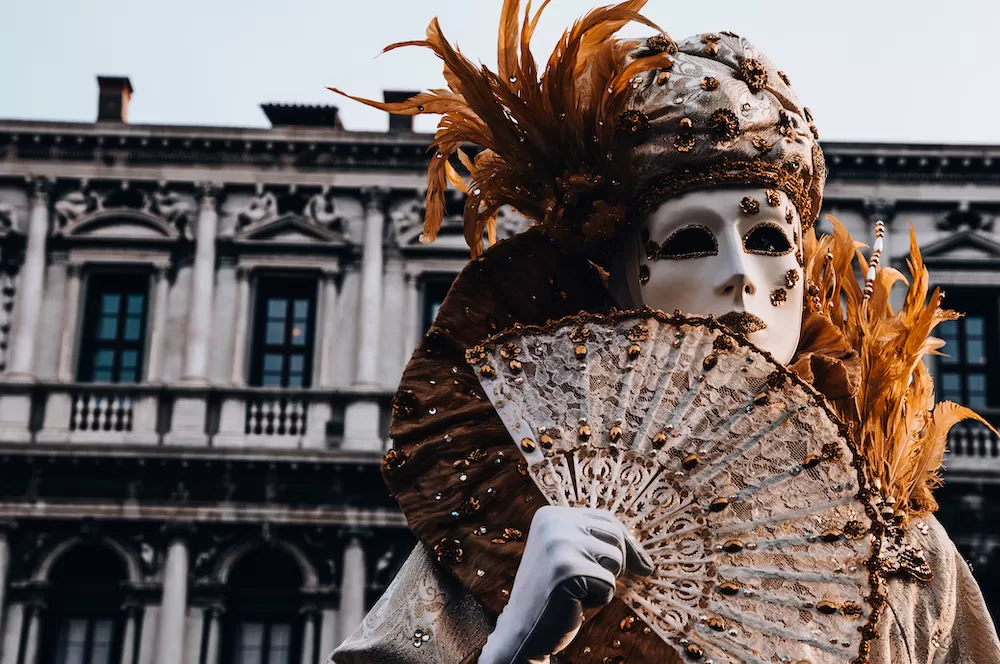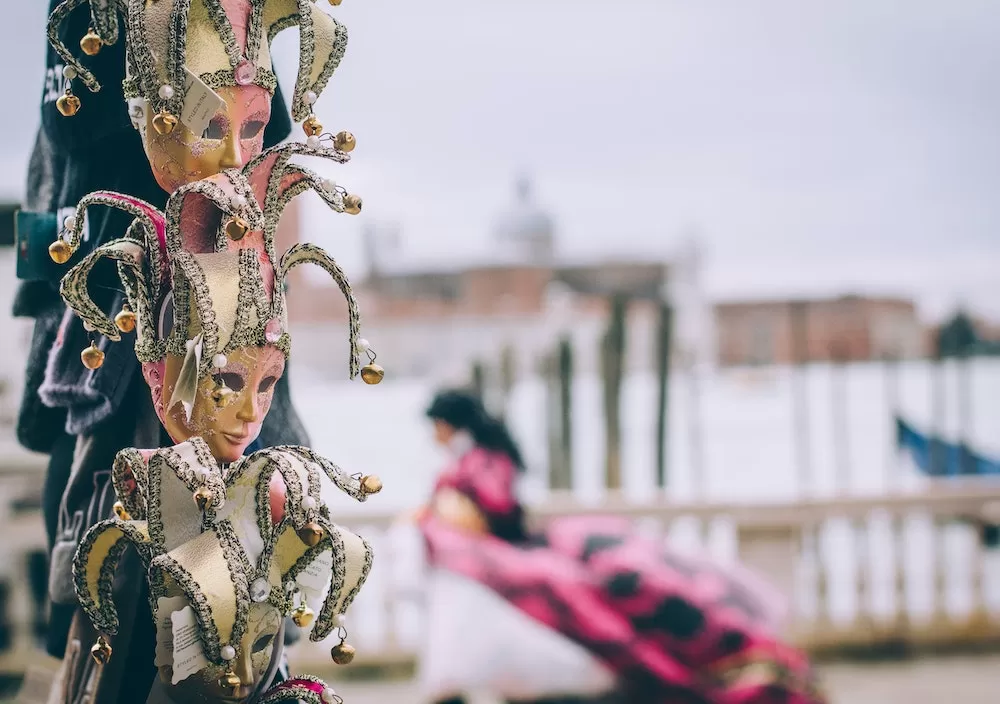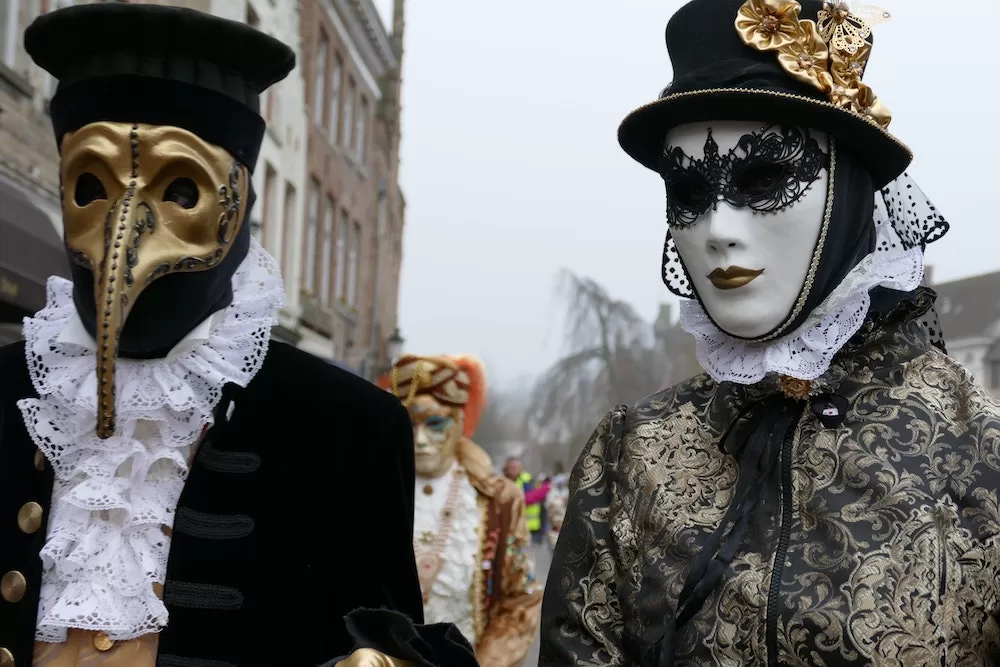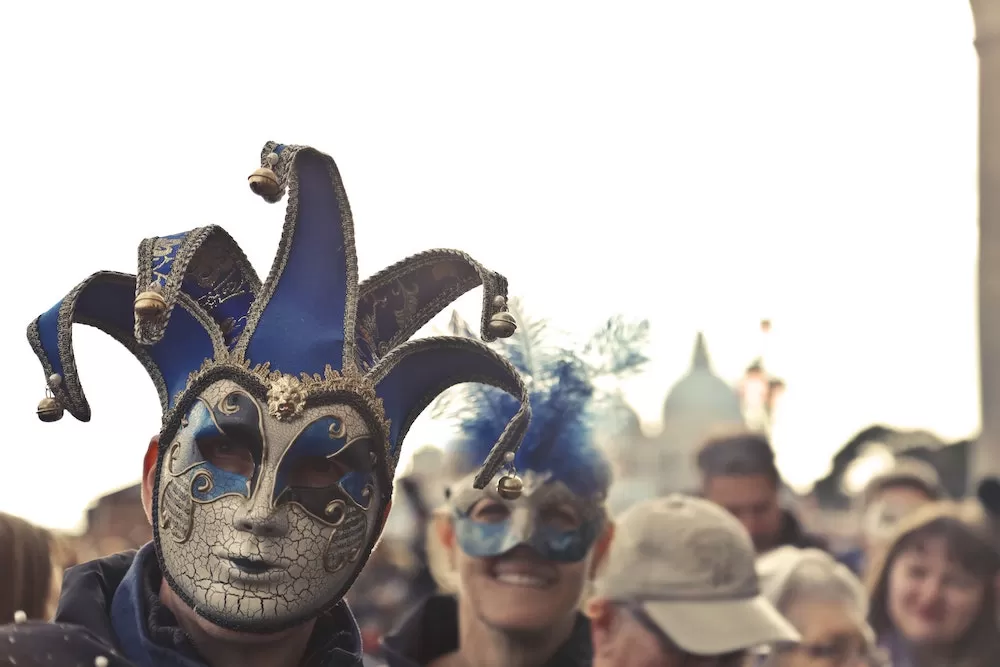Is there anything more romantic than the Carnival of Venice? Seeing all those colorful masks, extravagant costumes, and beautiful dances against the ornate backdrop of Venice is simply magical. No wonder so many people want to witness it in real life. Or even experience it for themselves. But before that, why not learn more about the Carnival of Venice? For example, did you know that this event has a religious background? Or that masks aren’t supposed to speak? These are just some of the most fascinating facts about the Carnival of Venice.
The Carnival has a Religious Background
With all its colorful frivolity, who would've ever thought that the Carnival of
Venice has religious connections? The event isn't just set around February for nothing. It actually has a connection to the Lenten season in Christianity. The name “carnival” translates to “
Carne, Vale!” in Italian which means “meat goodbye.” This refers to the tradition of abstaining from eating meat during Lent. As such, the carnival is an event held right before the Lenten season where Venetians (and visitors) get to indulge in meat and all sorts of fantastical whims.
Anonymity is The Name of The Game
The tradition of wearing masks during the Carnival of Venice isn't just for fun. As Venice is a pretty cloistered city that used to be dominated by merchants and Italian nobility, everyone practically knew each other. The event served as a way for people to have fun while hiding behind their masks. It even blurred the social barriers between classes, allowing people to interact and even network with each other without knowing anything about the other person.
Masks Aren't Supposed To Speak
Typically, attendees don't speak when they wear masks during the Venice Carnival. At most, they can only whisper if they wish to communicate something. But for the most part, interacting with others require gestures and movements. Saying hello is replaced with nods, bows, and curtsies while extending hands often serves as an invitation to dance. This tradition of unique
social customs continues to this day, which means that if a masked stranger bows to you, they're simply greeting you. It's not an invitation to speak with them.
Work Used to Be Banned During The Carnival
Since Venice used to be a merchant city, you can bet that there were a ton of workaholics here back then. There are probably many there now too. But when the Carnival of Venice comes, these same workaholics aren't allowed to work at all. There used to be a rule that no one, be they rich merchants or drivers of
gondolas, was allowed to work during the carnival. This event was and still is all about having fun, after all. It came to a point that if anyone was caught working during the carnival, they could be arrested and taken to church. Once there, they'll have to... drink wine and have fun, of course!
The Event Stopped For A While
Although the Venice Carnival is considered a timeless tradition, there was actually a time when it stopped. And it was for 200 years at that! At the time that Napoleon Bonaparte conquered Italy, he banned the Carnival of Venice as a way to eradicate Italian culture and show the dominance of French influences during this reign. And this actually persisted up until 1979, when carnival returned and became the extravagant event that it is today.
The Plague Doctor Mask is Based on A Real Doctor
One of the more famous—or infamous—masks during the Carnival of Venice is the “Plague Doctor.” This rather sinister-looking mask features a long beak and buggy eyes. One look is enough to terrify even adults! And what's so wild about it is that it's actually based on a real thing! Back in the 16th century, a deadly plague ravaged
all throughout Venice and the rest of Europe. Real doctors had to don masks these scary masks as a way to protect themselves while they treated patients.
The “Flight of The Angel” Really Happened
“The Flight of The Angel” is a Carnival of Venice tradition where an acrobat travels to the top of St. Mark's Bell Tower on a tightrope. It's actually what starts the carnival every year. And unbeknownst to many, this tradition is based on an incident that happened back in the 16th century. At the time, a Turkish funambulist climbed all the way to the top of the bell tower and descended from it to the rapturous applause of the crown on Piazza San Marco. Nowadays, however, people just zipline to and from the tower.
Traditional Sweets are Always Served
Since the Venice Carnival involves wearing beautiful masks, you'd think that food would be the last thing on people's minds, right? Well, that's not exactly the case! During this time, Venetians serve and enjoy a few
traditional Italian treats:
Frittelle and
Galani. A frittelle is a soft fried dough ball, sort of like a Munchkin donut, topped with raisins or pine nuts and sometimes filled with custard too. The galani, on the other hand, is a fried puff pastry sprinkled with powdered sugar.
Tourists are Welcome to Join The Fun
Many seem to think that only Venetians are allowed to experience the splendor of the Venice Carnival, but that's not true! Tourists, be they foreign or Italian, are welcome to join in on all the fun too! Perhaps it's because the extravagance of the event is a little too much, especially for first-timers in Venice, that visitors choose to just be spectators for the time being. But make no mistake, if you want to dress up and get lost in all the opulent magic, you can!
The Carnival of Venice is a lot more fascinating than you probably realize. Beyond the colorful masks and fabulous costumes are a few facts that will blow your mind. You'll never see this iconic event in the same light again!
